
What is payment for order flow? For those who are unaware, payment for order flow (PFOF) refers to the compensation that brokers receive through having third parties handle certain client orders. The use of third parties to fulfil, for example, a retail order can yield many benefits for both the broker and the third party. The third parties in this case are called market makers (or liquidity providers). They earn profit through the bid-ask spread. In return, they would pass a portion of those earnings onto the brokerage firm in the form of order flow payments.
That explanation only encompasses a small part of what over flow actually entails. Financial markets are highly complex and contain many concepts that can be very difficult for investors to understand. Whilst it may not be quite as complex as other concepts, pay for order flow can be quite difficult. As such, in this article, we will cover what order flow is, order flow payments, market orders, and other such related items to help you completely comprehend how order flow works.
Pay For Order Flow Guideline
What Is Order Flow?
Order flow is the transactions initiated at exchanges. Order flow takes in liquidity made by the liquidity providers and causes a difference between market and equilibrium price. There are a few reasons why order flow can result in such differences. One being that instant buying or selling is accompanied by what is called a ‘convenience charge’. Another reason is that the risk involved results in a deviation of prices by the liquidity provider.
Furthermore, order flow can give you a lot of useful information in order to get ahead as an investor. With order flow, traders can learn what to trade and at what cost should it be bought. Order flow analysis can give you a highly accurate prediction of future price imbalances. This is because order flow analysis unveils exactly how participants in the stock exchange are either buying or selling options, stocks, etc. For those who wish to learn more, there are plenty of resources that can clearly explain order flow.
Market Maker
A market maker buys or sells a particular security. They provide liquidity and gain benefits from the differences in the bid-ask spread.
PFOF Advantages
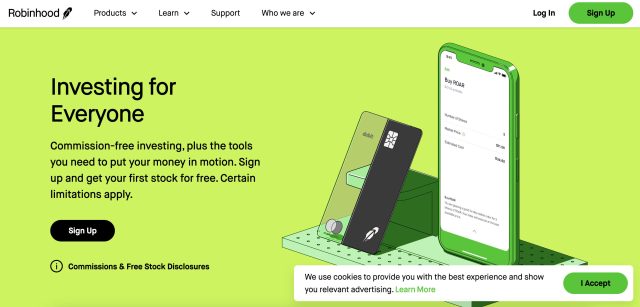
Payments for order flow can result in several advantages. However, let us first look at how third parties are involved in client orders. Well, third parties actually give brokers a certain amount if brokers transfer orders made by customers to them. As a result, your order is actually being completed by third parties as opposed to the broker. This can have various impacts on the customer. Prices can differ from what has initially been negotiated.
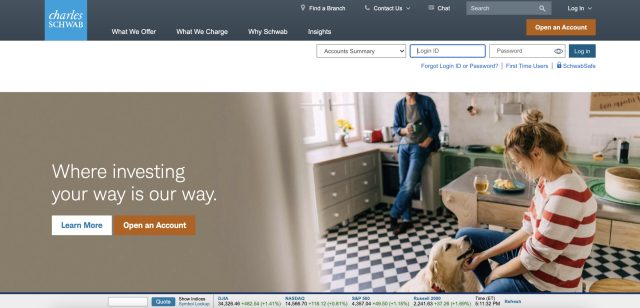
It has been known that brokerage firms do benefit from the cost savings arising from order flow payments. In general, the involvement of third parties can be highly beneficial to brokerage firms due to the financial benefits.
A rather intriguing aspect of this is how much money is being made through order flow. Brokers are required by the rules and regulations set out by the SEC (Securities And Exchange Commission) to completely disclose where investor trades are conducted.
Furthermore, it is important that brokers disclose the amount of money made through order flow. As a result, the order flow arrangements for brokers are clearly and concisely displayed. For those who want more details, simply conduct further research on the broker that you wish to learn about.
Brokerage firms That Accept PFOF
There are various U.S. brokerage firms that accept PFOF. One such broker is TD Ameritrade. In 2020, TD Ameritrade was one of the leading firms to actually earn the most revenue from PFOF.
Alternatively, if you’d prefer they could be condensed into 1 paragraph: Another brokerage company that is leading in terms of earning the most from PFOF is Robinhood. In addition, Charles Schwab Corporation often collaborates with providers in order to receive PFOF and E-Trade is also known to have received many benefits from liquidity providers through PFOF. In total, in 2020 all of the above firms have received a staggering amount rotating to $2.5b.
Order Types
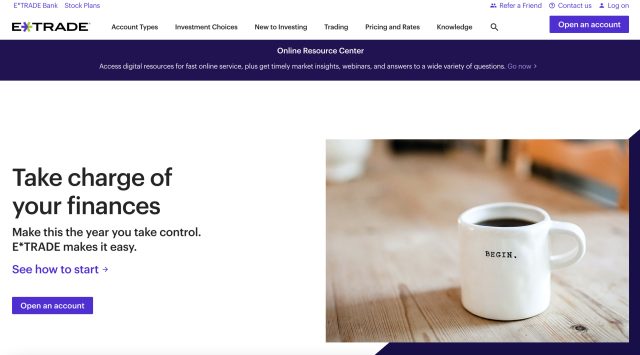
There are various order types that you may wish to account for. For example, market orders and retail orders. A market order is an order to purchase or sell a stock at the market’s more suitable cost.
Liquidity makers can often put together a retail order and front them. A retail order can often be more profitable, where savings have the potential to result in a price improvement for customers. It might be important to note the PFOF is often more common amongst retail brokers.
When it comes to fulfilling a retail order, liquidity providers often do so at a price point that is more lucrative than the best price on public exchanges. This enables brokerage firms to retain more revenue, thus charging fewer trade commissions in turn.
Key Statistics
Pay For Order Flow And Retail Investors

Retail traders buy/sell securities (e.g. options) for personal accounts. A retail trader can choose to buy certain types of futures, bonds, etc. However, it may be important to note that they cannot buy or sell all types of securities including forwards. This is due to the complexity of such securities.
Retail investors can alternatively be called individual traders. Trading costs are increased for such traders if they choose to trade using brokerage firms. Trading with such firms often comes with high fees where each trade has transaction costs.
Order flow arrangements may be quite disadvantageous for such traders. This is because order flow arrangements mean that traders have no way to control how their trades are routed. There have also been notes that trading costs are decreased due to such arrangements.
Trading And Education Platforms
There are plenty of companies and platforms that help traders to execute trades in addition to being sources of valuable information relating to the stock market.
As previously stated, PFOF can have an impact on your trade prices. Day traders and those who are frequent investors of options are likely to notice larger price differences in their trades since liquidity providers are capable of controlling how quickly or slowly customer orders are fulfilled.
There are several brokerages that do not use such arrangements. These firms may be more suitable for certain customers. An example of such a broker would be Fidelity.
Below we will discuss the best financial services providers available on the market to help you make more lucrative trades, better understand trading specific stocks, and become more familiar with high-movement markets.
FX Learning
Active traders are likely to benefit heavily from utilising FX Learning. This is because it is a well-established and reputable site for helping its customers become more familiar with trading in general.
To help you gain valuable practice in navigating the complex financial markets, they have plenty of free and paid courses that have been carefully developed. Their customers can choose to take a standard beginner to expert course or a standard traders course.
The beginner to expert course contains useful training videos, trading journals, webinars, direct access to the member-only area, and even support from FX Learning for life. The standard trader course contains all that the other course contains except for the one-on-one webinars.
CLICK HERE TO READ MORE ABOUT FX LEARNING
Forex Signals
The stock market is highly volatile and very difficult to navigate. Individuals are likely to benefit from trading with a firm that is completely transparent with their fees, prices, trade arrangements, etc. Forex Signals is an example of such a firm. They have more than 500,000 users and help their customers to gain leverage in their investments.
With Forex Signals, customers can ensure that the trading process is portrayed clearly and concisely. With free access to the trading room, users can learn about all of the listed mentors and understand their investing styles. Moreover, there is a chat feature available to all users. This chat feature is open 24 hours a day, 7 days a week for your convenience.
CLICK HERE TO READ MORE ABOUT FOREX SIGNALS
Forex Traders UK
Each individual trader has a different risk tolerance when it comes to their investments. Forex Traders UK provides a funding program and various resources required for those who want to learn more about forex investments. They help you to become acquainted with and learn about forex investments in such a way that their users will attain more success with the investments that they provide.
As a firm for forex investments, Forex Traders UK can make trading simpler for their users. Users use the capital decided by Forex Traders UK and retain 50% of all of the earnings. They advertise that you can invest risk-free and every single time that you reach a particular milestone set put by the platform, you could receive double your capital.
CLICK HERE TO READ MORE ABOUT FOREX TRADERS UK
IQ Option
Investing is, in general, a risky yet potentially lucrative activity. It is possible to trade in options, stocks, and so much more. When it comes to trading stocks, you must already be well-versed in how the markets behave in order to accumulate the most success. IQ Option is an online stock trading software with more than 7 million registered users (in 2020). This shows how reputable they are and how fast they have grown since 2014 where they had 84,000 registered users.
There are plenty of methodologies you can choose to use in order to make a significant profit from your trades. IQ Option has a very detailed blog filled with plenty of material and resources to help its users become better at making investments. They also have a news feed that is updated with an easy-to-read article every few minutes/hours.
CLICK HERE TO READ MORE ABOUT IQ OPTION
Conclusion
When it comes to trading, FX Learning is a brilliant platform to help you become more familiar with investing and learn techniques that will help you beat the market. Moreover, Forex Signals and Forex Traders UK are all well-established companies that have various features suitable for different users. Lastly, IQ Option has the easiest to use user interface and the most seamless user experience amongst all of the platforms listed.
All of the platforms mentioned above provide valuable trading services and market-leading information to help you trade with more confidence. To buy and sell stocks successfully, individuals must be completely aware of how trading certain types of stocks work and how markets behave. Platforms including FX Learning are brilliant for trading to beat the markets and have transparent fees.
F.A.Q.
What does ‘Payment For Order Flow’ Mean?
Firstly, let’s cover the definition of over flow. Order flow refers to the transactions initiated at places such as the NYSE. Payment for order flow (PFOF) refers to the compensation offered to a broker by a liquidity provider due to the broker transferring customer investments to the market maker.
What are Market Makers?
This a term that describes a company that buys or sells a certain type of security and increases liquidity. Market makers compete amongst themselves in order to see who can provide the best executions for their customer base. Liquidity makers can often buy or sell stocks in the NYSE or the LSE.
How To Know if The Broker Receive Payment for Order Flow?
This may be difficult to actually see if your broker receives PFOF. Although they should have fully disclosed the amount made through order flow, it may be difficult to actually find any of their statements quickly and efficiently. One way you can see if they do receive PFOF is to simply type their name onto a search engine and then type ‘606 disclosure’.
There is one simple way to know if they do receive PFOF. If you are in full control of the routing of your orders, then the brokerage firm is unlikely to be receiving PFOF.
Is It More Advisable To Have One Order Routing Option?
The bid-ask spread (or alternatively buy/sell for the liquidity provider) is the deviation between prices for an instant sale and purchase of a particular option, stock, etc. When all liquidity only applies for one exchange, it results in a much tighter spread. Only one order routing option can imply a monopoly, which is not favourable for many players. It can result in fees that are very disadvantageous for those who invest.
Is Pay For Order Flow A Conflict Of Interest?
Yes, it can often be classified as a conflict of interest. It can result in certain orders not being executed due to being routed to a third party who gives higher amounts. Moreover, retail traders are often less well-informed than institutional traders.
CLICK HERE TO GET FX LEARNING AT A DISCOUNTED PRICE
CLICK HERE TO GET IQ OPTION AT A DISCOUNTED PRICE
CLICK HERE TO GET FOREX TRADERS UK AT A DISCOUNTED PRICE
CLICK HERE TO GET FOREX SIGNALS AT A DISCOUNTED PRICE
The post Payment For Order Flow: Here Is How It Works (Detailed Answer) appeared first on Dumb Little Man.
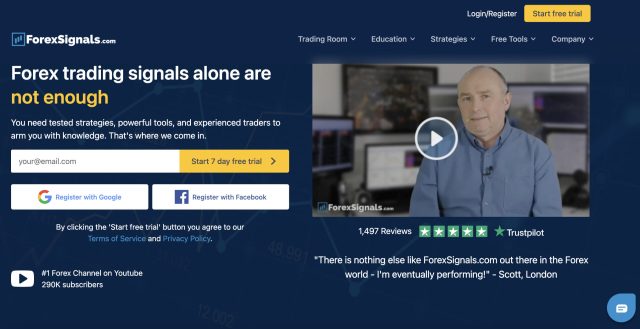
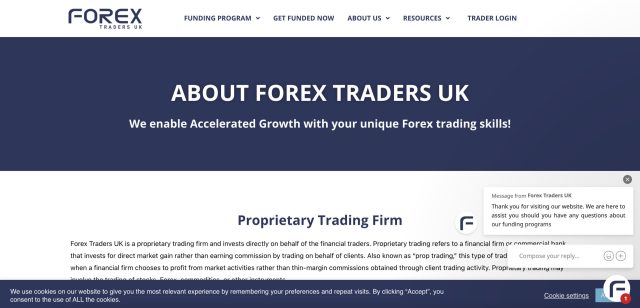
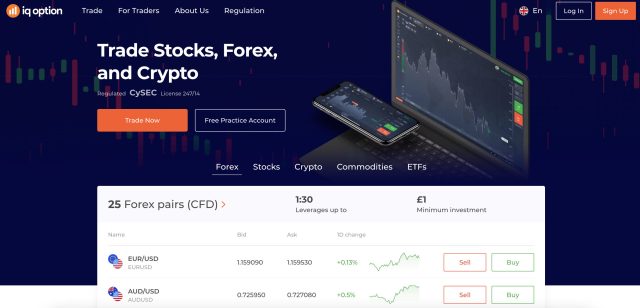
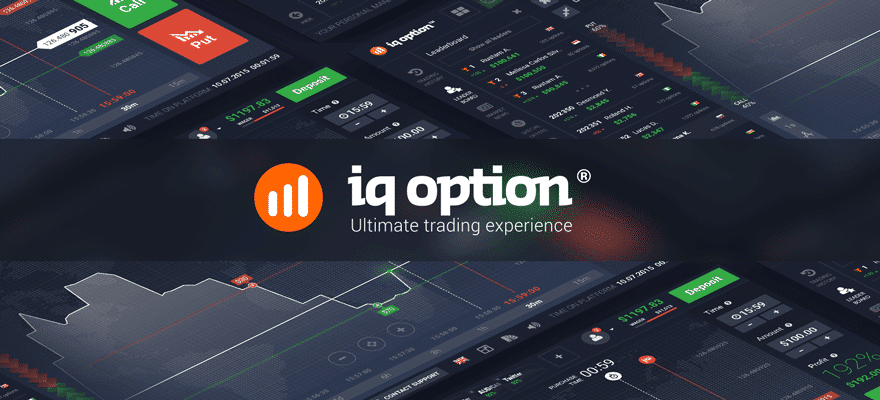

0 Commentaires